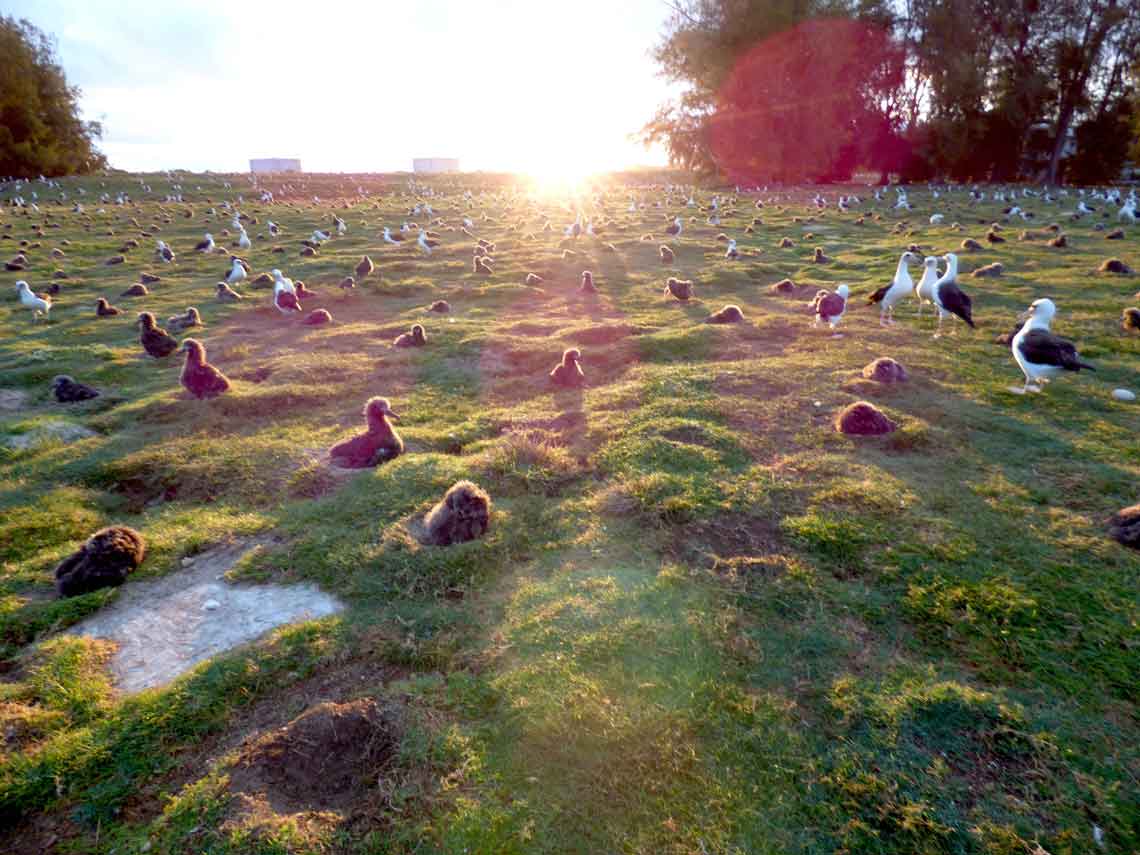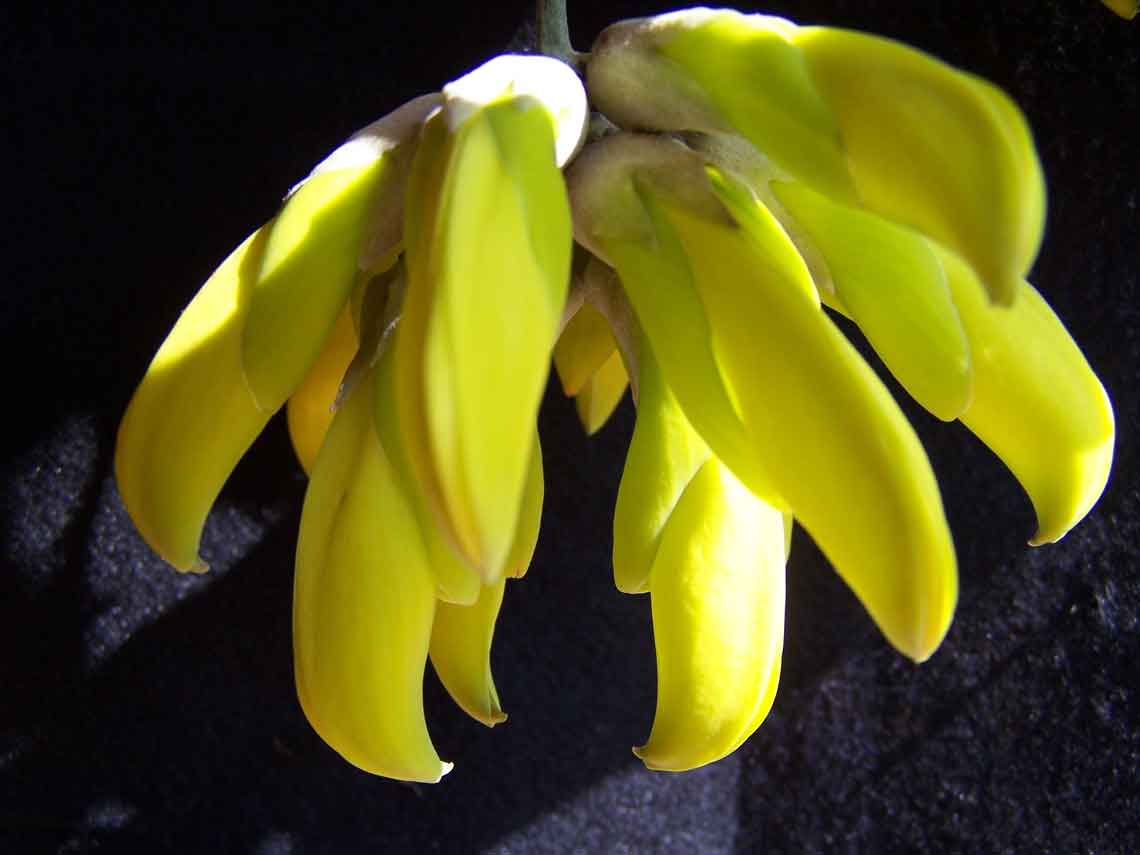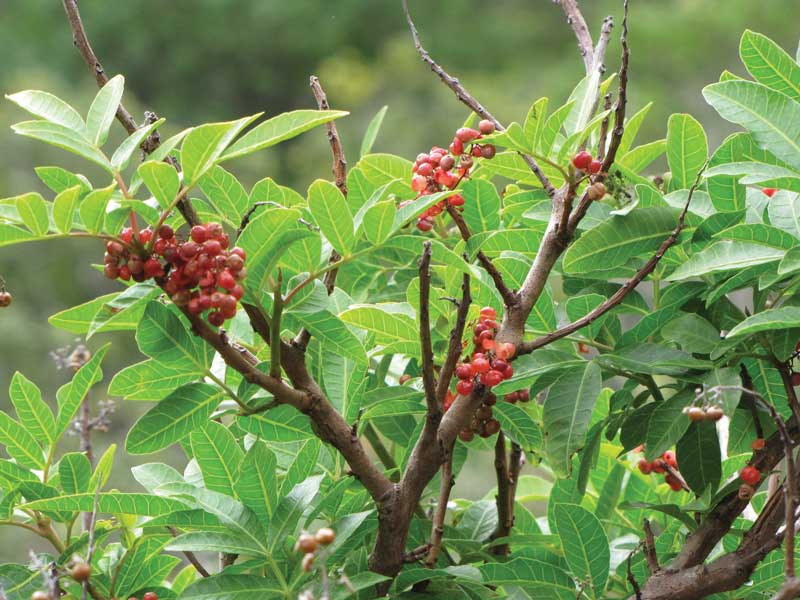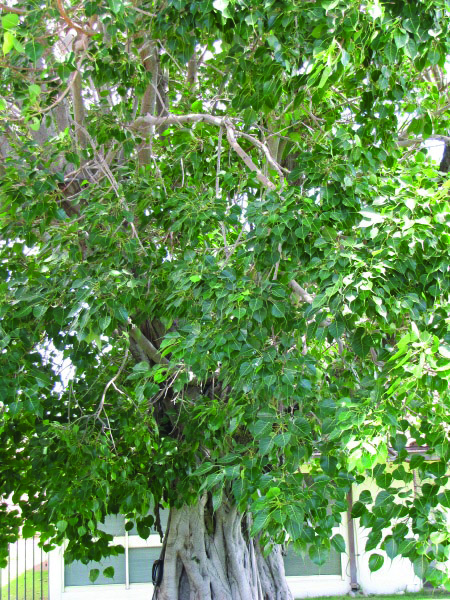Midway Atoll has gone to the birds. Every year 3 million seabirds flock to 1,500 acres of land 1200…
Read More
Invasive Plants
A Haʻiku gulch full of suprises
“Anything that bristly has got to be invasive,” said the Haʻiku resident who reported a vine that she found in…
Read More
Christmas berry’s unwelcome presence
Covered in glossy green leaves and bedecked with red berries, the invasive shrub, Schinus terebinthifolius, is commonly known by the…
Read More
Invasive plants=Less water
When rain falls from the sky by the bucket-load it can be tempting to take water for granted, but the…
Read More
And then the pollinator wasp arrived…
Lori Buchanan, manager of Moloka‘i/Maui Invasive Species Committee (MoMISC), was in downtown Kaunakakai recently when she saw something strange sprouting…
Read More
“Devil weed” sneaks into Hawaii
They saw the pitchfork leaf pattern and knew something was amiss. The unmistakable smell of turpentine in a crushed leaf only…
Read More





